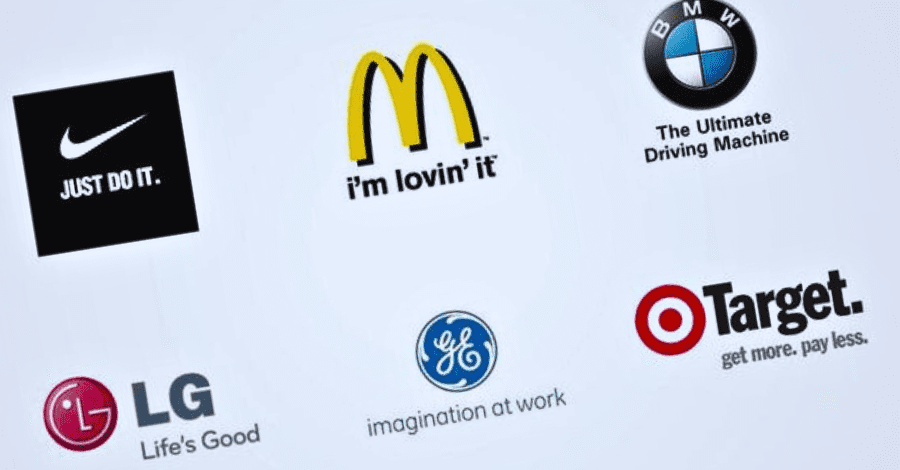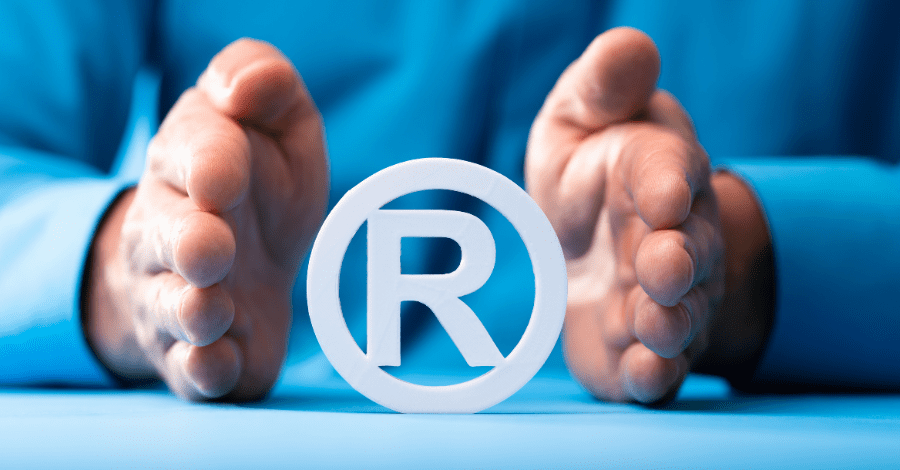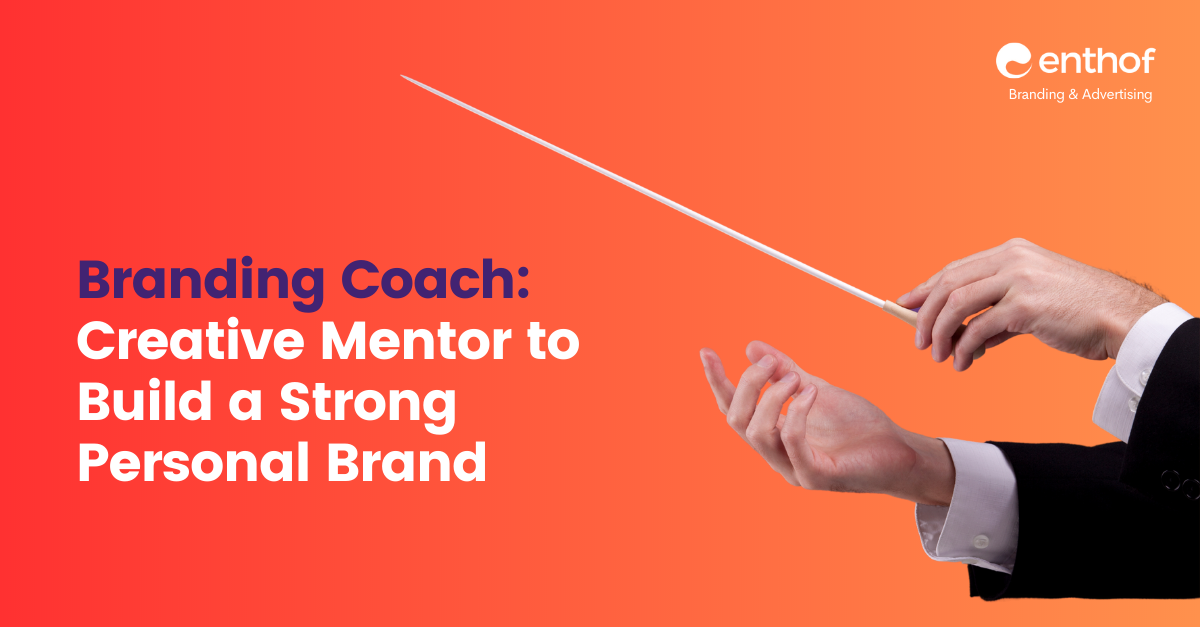Your brand identity is what distinguishes you from the competition and makes you remember. It is for this reason that your most devoted customers will decide to invest in you.
Companies that have a well-communicated brand can expect to make 23 percent more annual revenue than those that do not.
Answering life’s toughest challenges is a lot like defining your brand identity. What’s your name? What was your purpose for being on this planet? It may seem like a lot to take on, but you won’t be able to move forward until you have a clear objective and vision for your organization.
And defining your brand identity and strategy isn’t just for new businesses; if your firm has launched a new product line or made a major strategic move, this is an important dialogue to have — one that extends beyond your marketing department.
All essential stakeholders, including your executive team, sales executives, service technicians or product designers, and customer service reps, should be consulted.
Let’s have a look at some questions that might assist you in developing your brand identity and strategy.
7 Questions to Consider When Creating a Brand Identity
1. What is your personal narrative?
2. What is your motivation?
3. What are the core values that define your business or brand?
4. Who are your main rivals?
5. How Do People See You?
6. What is the personality of your brand?
7. What is the tone of your company’s voice?
Let’s take a closer look at each of these questions to see what they mean and how you should respond.
1. What is your personal narrative?
This is your entire life in a nutshell. Why were you established? What problem were you attempting to solve? Your brand storey should pique your target audience’s interest, assist them understand the value of your products/services, and convert leads into long-term consumers.
2. What is your motivation?
What prompted you to create your brand or product? Your mission statement is another name for your “why.” It not only boosts staff retention and engagement, but research shows that customers are more inclined to stick with a firm that has a goal they believe in.
3. What are the core values that define your business or brand?
A mission statement can increase employee engagement, but core values can help you set expectations for employees and can also aid in the hiring process.
Ask your team questions like these to find your essential values:
- What do we as a company stand for?
- What is the most important thing to us?
- Consider what you already do: do you provide outstanding customer service, utilize only natural goods, or include unique messages in your packages? What does this say about your business? Perhaps you place a premium on personalization or immediacy.
- Have you ever had a terrible experience with a brand? What did that make you feel like, and what can you do to prevent this from happening to your customers?
- What are your favourite brands? What do you find appealing about them?
4. Who are your main rivals?
What makes them your biggest rivals? Is there anything they do better than you? What products and marketing strategies do they use to express their value?
Is there anything you provide that your competitors don’t, or vice versa?
5. How Do People See You?
What is your brand’s image among your customers? This may differ from how you perceive it, but it might provide you with vital insight into why they choose your product or service.
6. What is the personality of your brand?
Who would you choose as a famous spokesman if you had one? Why? An effective brand increases its brand equity by having a constant set of attributes that a specific market segment loves, according to Investopedia.
According to Investopedia, buyers are more likely to buy from a brand that has a personality similar to their own. The following are the five primary categories of brand personalities:
- Excitement: Has a lively, youthful, or carefree vibe about it.
- Sincerity: Manifests itself as thoughtfulness, kindness, or a commitment to “family values.”
- Ruggedness: Exudes toughness, athleticism, roughness, or a sense of adventure.
- Competence: Projects an image of being accomplished, powerful, and successful.
- Sophistication: It has a classy and exquisite air to it.
7. What is the tone of your company’s voice?
Your brand’s personality is well-known, but what about its voice? Is it official, informal, or humorous?
When you’re publishing content across numerous companies, it’s critical to develop a consistent voice. You may create a writing style guide for your firm to provide direction in this area.
The following are examples of brand guidelines:
- Whether you write in the second person (you) or third person (others), it matters (they)
- What is appropriate grammar and punctuation?
- The use of trademarks or copyright symbols is prohibited.
- What jargon is commonly used in the sector and what should be avoided
So, what’s next?
You’ll want to communicate your brand identity with the rest of the world now that you have a better understanding of it. With a beautiful new website, incredible videos, and scroll-stopping social media postings, you want to make a big statement. However, you’ll need logos first. You’ll need unique photos to stand out among the sea of stock photography. Brand guidelines are required. You’ll need clear, appealing messaging to entice them to want to learn more.
This is where Enthof Creatives may assist your firm in achieving its full potential.
About the Author
 Donald Gonsalves is the founder of Enthof Creatives and a regular writer for the website’s blog. He has more than 2 decades of experience in marketing, sales and branding. His need to research and learn more about these segments is never-ending. To contact him, just drop an email to donald.g@sh118.global.temp.domains
Donald Gonsalves is the founder of Enthof Creatives and a regular writer for the website’s blog. He has more than 2 decades of experience in marketing, sales and branding. His need to research and learn more about these segments is never-ending. To contact him, just drop an email to donald.g@sh118.global.temp.domains
Follow him on Linkedin – https://www.linkedin.com/in/donaldgonsalves



